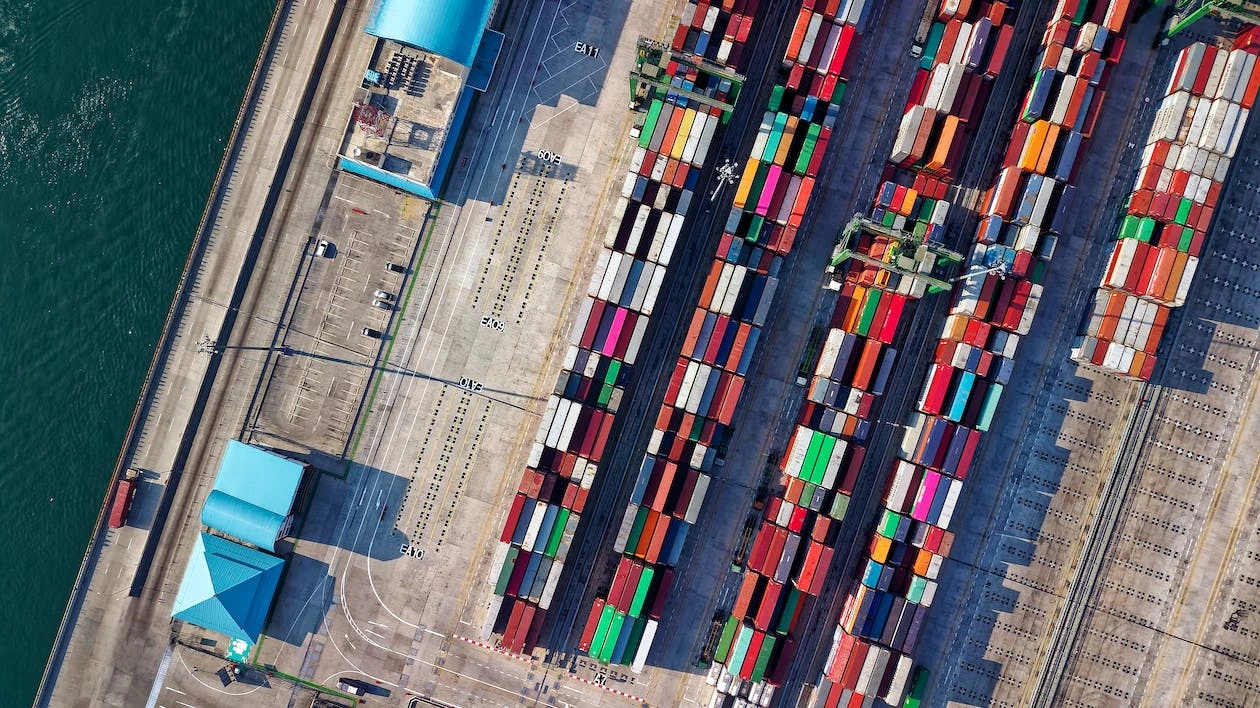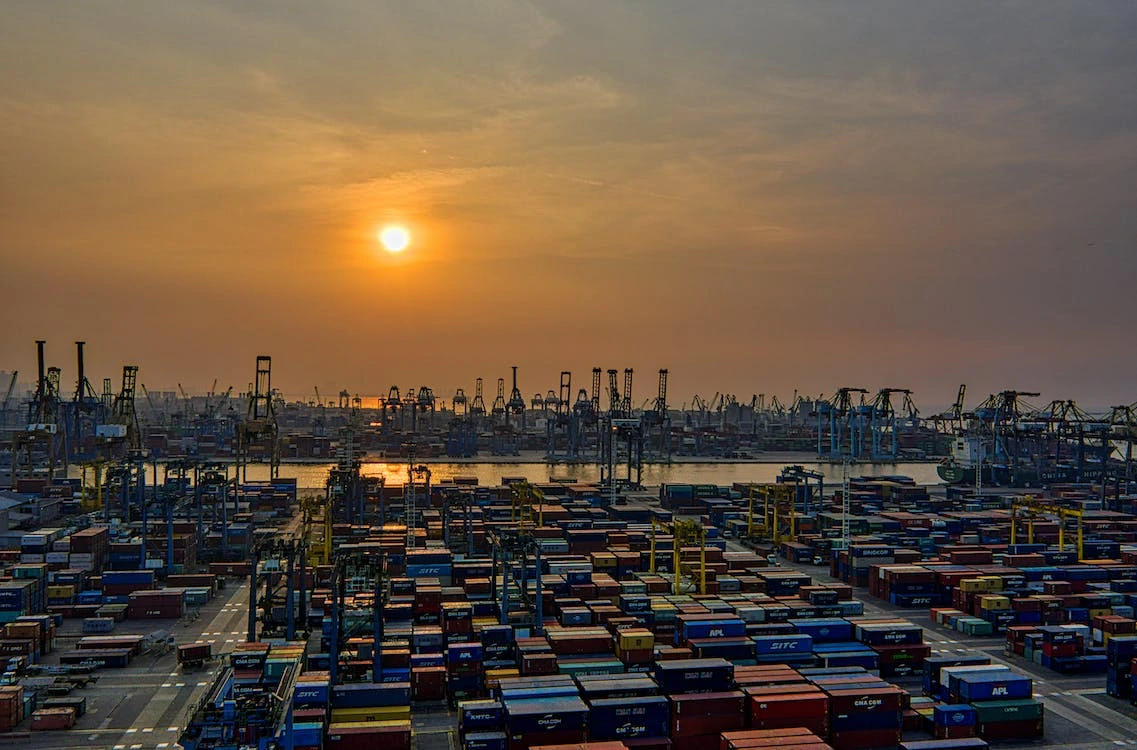At a glance
- Heavy haulage projects involve transporting oversized or overweight loads, requiring specialised equipment such as multi-axle trailers and hydraulic transporters.
- Meticulous route planning is essential, considering factors like low bridges, weight restrictions, and road conditions to ensure safe transportation.
- Compliance with permits and regulations is crucial to avoid costly delays, fines, and legal repercussions in heavy haulage projects.
- Safety and risk management are paramount, demanding rigorous assessments and adherence to protocols to protect personnel, cargo, and infrastructure.
Embarking on a journey of logistics and transport can be likened to navigating a network of challenges, each with its own unique twists and turns. Amidst this network, heavy haulage projects stand out as particularly intricate and demanding endeavours, requiring specialised expertise and meticulous planning. In this exploration, we delve into the depths of heavy haulage, unravelling the intricacies that set it apart from regular haulage.

Understanding the Difference: Heavy Haulage Vs Regular Haulage
When it comes to transport and logistics, not all projects are created equal. Heavy haulage projects distinguish themselves from their regular counterparts through a myriad of factors, each playing a crucial role in shaping the approach and execution of the endeavour.
Nature of Cargo
At the heart of the disparity lies the nature of the cargo itself. Heavy haulage projects typically involve transporting oversized or overweight loads that exceed standard transportation limits. Whether it’s industrial machinery, oversized equipment, or massive structures, the sheer size and weight of the cargo pose unique challenges that demand specialised handling and equipment.
Equipment Used
In the realm of heavy haulage, standard trucks and trailers simply won’t suffice. Specialised heavy-duty equipment such as multi-axle trailers, hydraulic trailers, and self-propelled modular transporters (SPMTs) are indispensable for tackling the formidable task of transporting oversized loads. These robust vehicles are engineered to withstand the immense weight and dimensions of heavy cargo while ensuring stability and safety throughout the journey.
Route Planning
Unlike regular haulage routes that are relatively straightforward, heavy haulage projects demand meticulous route planning to navigate through a maze of logistical constraints. Factors such as low bridges, narrow passages, weight restrictions, and road conditions must be carefully assessed to determine the most feasible and safe path for transportation. Much to a Customers surprise, often the most direct route is simply not possible!
Permits and Regulations
Heavy haulage projects are subject to a myriad of permits and regulations governing oversized and overweight transportation throughout Australia. Securing the necessary permits, adhering to weight restrictions, and complying with route-specific regulations are essential prerequisites for embarking on any heavy haulage endeavour. Failure to comply can result in costly delays, fines, and legal repercussions.
Safety and Risk Management
Safety is paramount in heavy haulage projects, where the stakes are high and the margin for error is slim. Rigorous risk assessments, meticulous planning, and adherence to safety protocols are imperative to mitigate potential hazards and ensure the protection of personnel, cargo, and infrastructure throughout the transportation process.
Expertise Required
Navigating the complexities of heavy haulage requires a team of seasoned professionals with expertise in logistics, engineering, and project management. From assessing cargo specifications to devising optimal transportation routes, each aspect of the project demands a high level of proficiency and attention to detail to ensure its successful execution.
Cost Considerations
While heavy haulage projects entail substantial investments in specialised equipment, permits, and resources, the potential returns can justify the expenditure for businesses requiring the transportation of oversized or overweight cargo. However, cost considerations extend beyond the financial realm, encompassing factors such as efficiency, reliability, ability to comply to Tier 1 sites across Australia and reputation in the competitive landscape of logistics and transport.

In the intricate tapestry of transport and logistics, heavy haulage projects emerge as formidable challenges that demand meticulous planning, specialised expertise, and unwavering commitment to safety and compliance. By understanding the distinct differences between heavy haulage and regular haulage, businesses and individuals can navigate these complexities with clarity and confidence, ensuring the successful execution of their transportation endeavours.


Great article! I really appreciate the clear and detailed insights you’ve provided on this topic. It’s always refreshing to read content that breaks things down so well, making it easy for readers to grasp even complex ideas. I also found the practical tips you’ve shared to be very helpful. Looking forward to more informative posts like this! Keep up the good work!